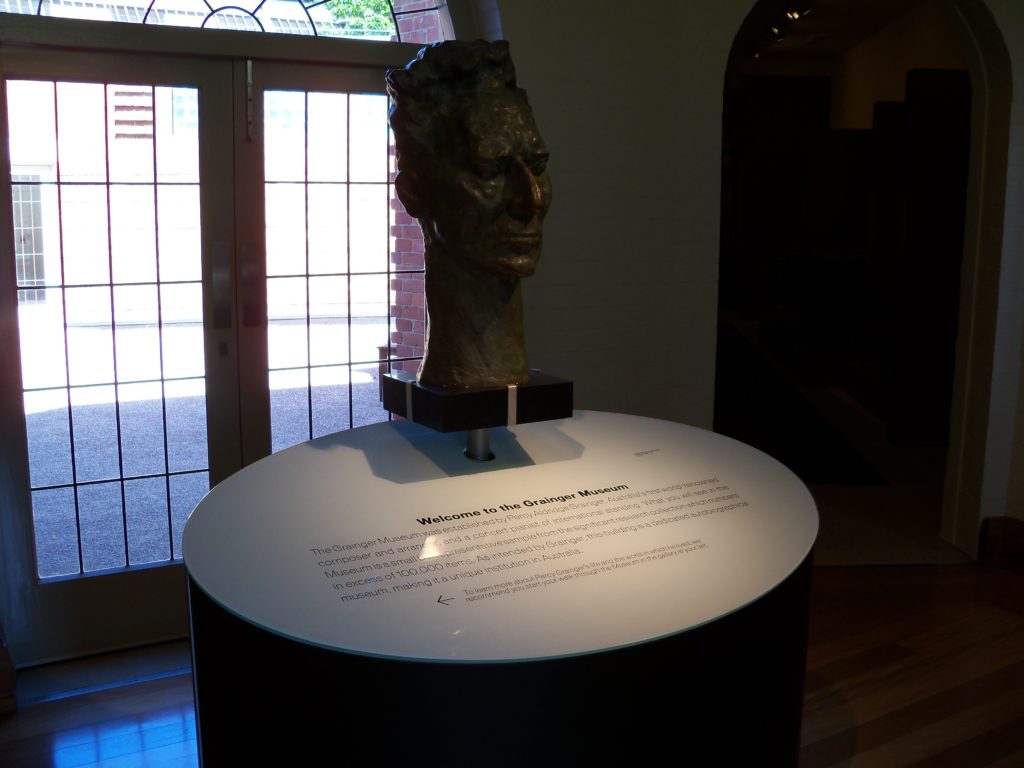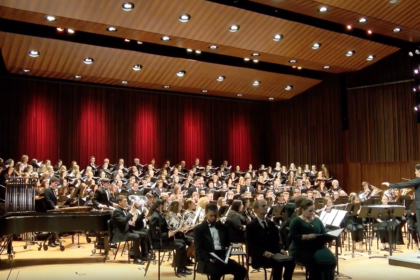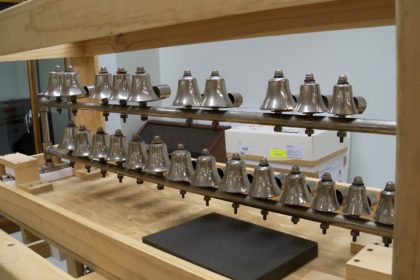In 2010, while reading Kay Dreyfus’ The Farthest North of Humanness (selected letters of Percy Grainger from 1901-1914), I stumbled across a footnote mentioning Percy Grainger’s The Lads of Wamphray March (one of my favorite Grainger numbers, and the first example of a piece for“Modern Wind Band.”)

What was this piece (the Ballad,as opposed to the March)? I was scheduled to make a 2012 trip to the Grainger Museum in Melbourne, Australia, and decided to ask my hosts at the Museum to pull together for me what they had related to The Lads of Wamphray.
Well, they had a bunch of material! I was presented with Percy’s original manuscript scores from 1904-1907 for both pieces, several pages of sketches for new ideas for sections of each piece, plus various later versions of the pieces. I reviewed those materials, made photographs of as much as I could, and determined that “someday” I would produce an edition of the Lads of Wamphray Ballad suitable for American collegiate choral and wind band forces.
And so the summer and fall of 2017 came along, with a sabbatical leave from my position at the University of Arkansas, and the opportunity to dive into that project. With the help of my colleagues in the band and choral divisions of the University of Arkansas Music Department, and with the support of a 26-school consortium, I finished the project by January of 2018, and it received its premiere on the University of Arkansas campus in April of 2018. It has since been performed by the band and choral forces of Southeast Missouri State University (one of the Consortium members), also to enthusiastic acclaim.
The piece is not easy, and is at least as big a challenge for the choir as it is for the band. But its performance has created no little sensation, and the feedback I got from the members of the University of Arkansas Collegiate Chorale was very gratifying. The Ballad seems to be one of those pieces that turns singers off at the beginning, but becomes more intriguing the more it shapes up, until by the performance, it becomes a performer’s and audience favorite.
The piece has continued to haunt me to an extent – its immediate attraction was the fresh and beautiful music – but the story of the Scottish Border Rievers drew me in, and resulted in my researching that topic with enthusiasm, if not scholarly thoroughness. And studying the Border Rievers caused me to realize that, of all the texts Grainger could have chosen, The Lads of Wamphray was singularly consistent with his dedication to telling the stories of artists who came from largely untrained, largely uneducated backgrounds – his beloved folk singers.




